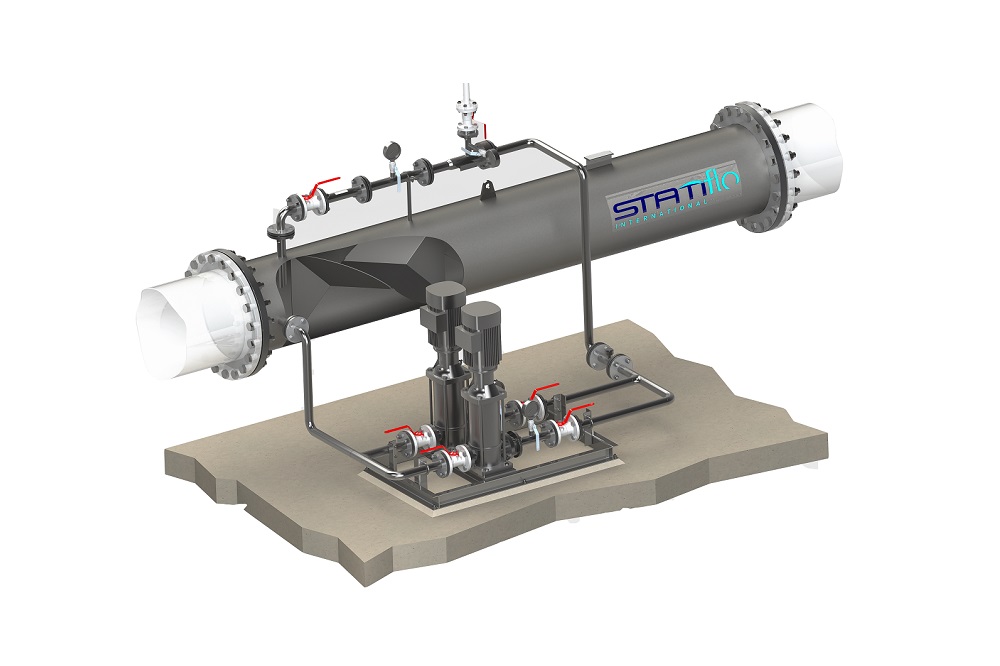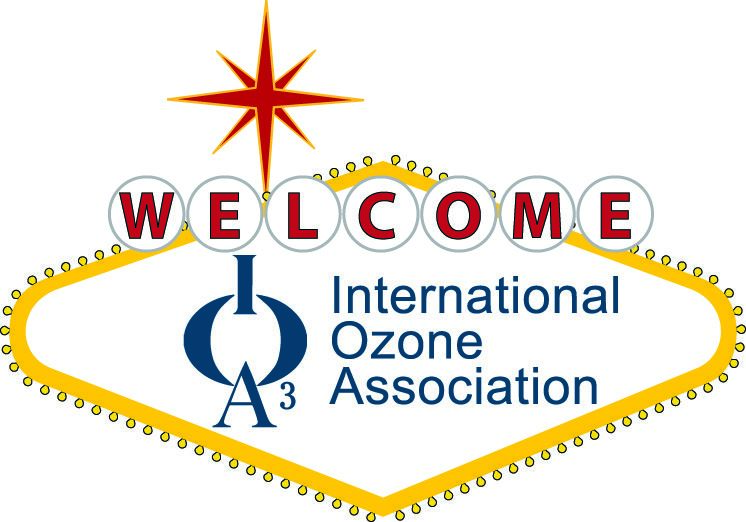We have come a long way as a company. Originally founded in a spare bedroom…

Gas Dispersion Systems: A new application for Statiflo’s gas dispersion systems could be rolled out across power plants in China following a successful pilot project at a site in Henan province.
We designed systems for the ozonisation of cooling tower water at the plant.
Now the Gas Dispersion System project has passed a technical appraisal by the China Electricity Council, which said it achieved significant economic, social and environmental benefits by saving water and energy, and eliminating the use of chemicals.

Robert Savage of Statiflo, who worked on the design of the Gas Dispersion System, said the scheme could now be replicated at power plants across China.
He said: “It enables the power plant to significantly reduce the amount of supplementary water for the cooling tower system by increasing the cycle of concentration (COC) and effectively protect the heat exchangers from fouling and scaling, to save energy.
“We hope this project will become a benchmark for power stations in China and lead to more orders,” he said.
The large-scale power plant, with two units each with the capacity to produce 660MW of electricity, has a high demand for water due to the large volumes used in its cooling processes, with a maximum flow rate of 130,000 cubic metres of water per hour.
This necessitated the plant’s cooling tower system to be continuously topped up with supplies meant for the local area. In addition, the system was producing undesirable levels of cooling water blowdown, which impacted on the environment.
Because of this situation, and to protect the environment and conserve water resources, as well as to lower operational costs, the plant’s operators sought to cut the volume of supplementary water as well as the blowdown, but needed a way to ensure the control of bacteria, algae, descaling and corrosion without negatively impacting the efficiency of the surrounding processes.
They decided to adopt ozone technology to help achieve this goal with our GDS, which reliably and efficiently disperse ozone gas through the water to cleanse it without the need to use traditional chemicals.
The ozone-based treatment method helps to lower overall water usage and reduce scaling on heat exchangers, reduce cleaning downtime and avoid harmful by-product formation associated with traditional chemicals.
Statiflo engineer Kris Ardern was closely involved in the project, visiting the plant to supervise and guide the commissioning of the GDS.
The GDS comprise a series of our mixers designed and arranged to introduce gas into a liquid as efficiently as possible, reducing energy consumption and significantly increasing mass transfer efficiency compared to other methods of gas injection.


